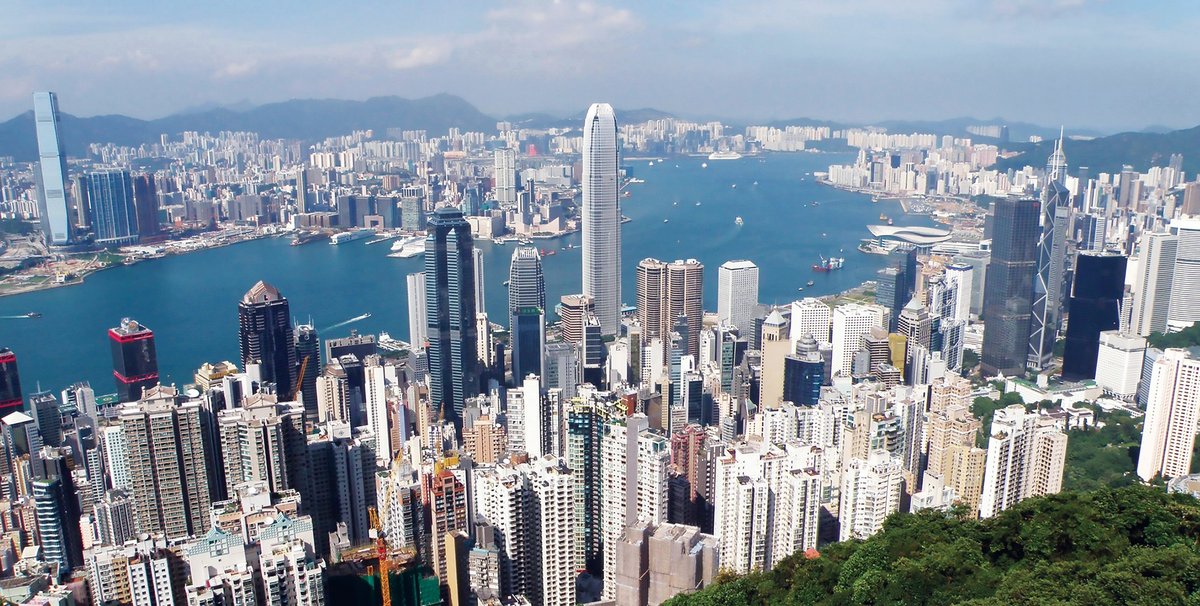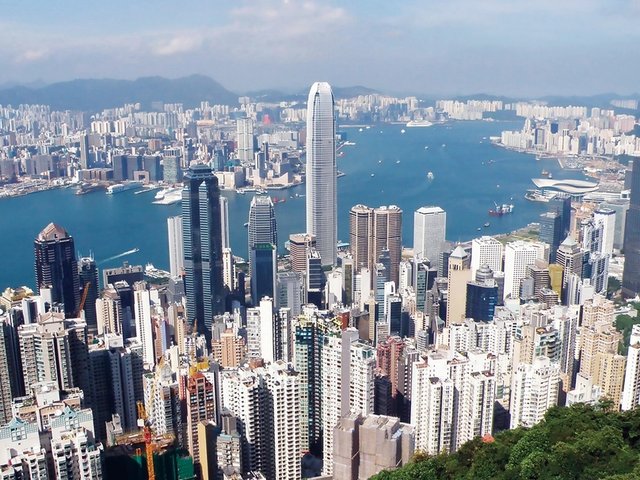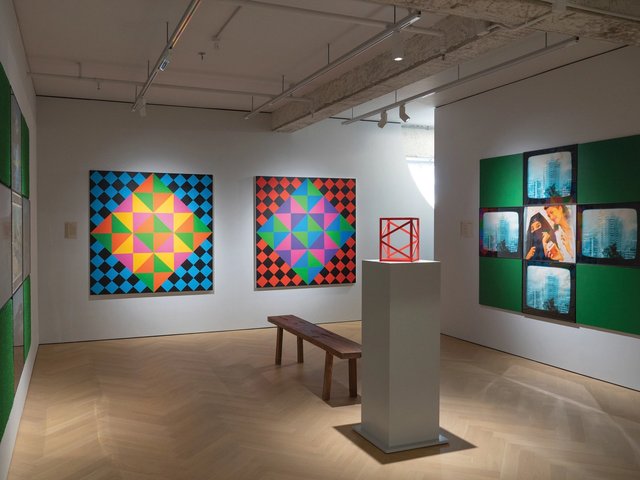The coming edition of Art Basel in Hong Kong (23-25 March) takes place during a watershed moment for the Asian art market. While the Western art market has been marred by a fall in consignments, financial headwinds and by the political and economic shock-waves caused by Brexit and the US presidential election, the art world in the far East had a much smoother 2016.
“Our Hong Kong consignments are only down 12% on last year, much less than the global average,” Christie’s global president Jussi Pylkkanen told us late last year, while Phillips held its first 20th-century, contemporary art and design sale in its Hong Kong auction room in November, which totalled at just under $50m (with fees), with a solid 82% of lots sold.
Christie’s, Sotheby’s and Phillips have all tacitly acknowledged the importance of this market by rescheduling their February auctions to avoid clashing with the Chinese New Year. “You cannot underestimate the importance of Asian buyers at auction and increasingly as consigners too,” says Matt Carey-Williams, Phillips’ deputy chairman of Europe and Asia.
This year, Art Basel in Hong Kong includes 242 galleries and a new section called Kabinett, which will present 19 curated solo and thematic exhibitions and projects, including Galerie Gmurzynska, which is bringing a showcase of early works by Christo. For its appearance at the fair, the newly formed Lévy Gorvy gallery (formerly Dominique Lévy and now bolstered by the arrival of Brett Gorvy, the former head of contemporary art at Christie’s), is bringing a varied selection of works by artists including Pierre Soulages, Carol Rama and Donald Judd, and by Korea’s leading Dansaekhwa artists Lee Ufan and Chun Sang-Hwa.
Hong Kong’s own art scene, however, is perpetually on the edge, says the artist Adrian Wong, who’s solo show opens at K11’s chi art space in Central this month (20 March to 29 April). “For eleven years Hong Kong has seemed poised on the cusp of blossoming, bracing for the next big thing.” Despite a strong artist and collector base, however, he says the city is being slowed down “institutionally and from a global standpoint” by ongoing delays to the major arts projects of the West Kowloon Cultural District, M+ and Central Police Station. “Central Police Station was ready to open [last year] and then the roof caved in. It’s a weird comedy of perpetual delay,” he says, believing that this kind of uncertainty is breeding cautiousness in the city’s art scene: “It makes sense for people to play it safe.”
But Wong believes Hong Kong’s contemporary art remains “quite vibrant and exciting”, estimating there to be about 100 successful artists in the city right now, compared with none in 2005. The 2008 launch of ArtHK, relaunched as Art Basel in Hong Kong in 2013, “made us first understand the idea of art as a commodity and opened up the possibility of being a professional artist”.
Support, he says, comes from “great collectors”, including Hallam Chong, William Lim, Yana Peel and Adrian Cheng. Collectors from the mainland also buy art from Hong Kong.
The city has also attracted international blue-chip galleries, including White Cube, Gagosian and Ben Brown, but still only has a handful of home-grown spaces. The galleries that do exist, however, “are doing exciting things”, says Wong, citing Edouard Malingue Gallery, Gallery Exit and Empty Gallery, but he believes that it was Art Basel and these international galleries that provided the blueprint for local dealers.





